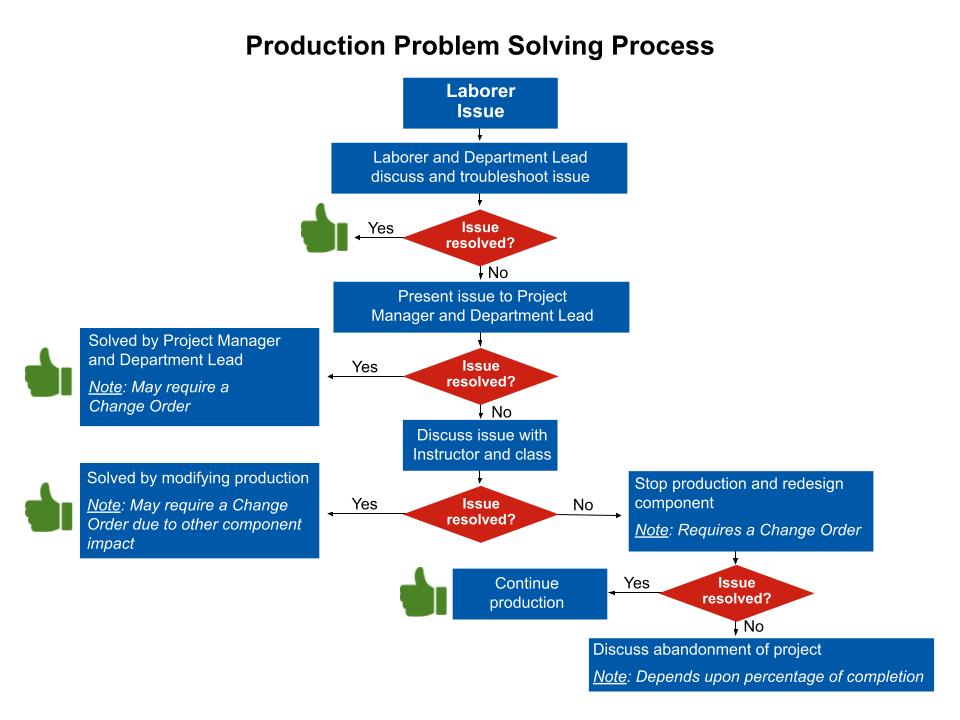
In his tenure as a teacher, 2023 Harbor Freight Tools for Schools Prize for Teaching Excellence winner Dave Barresi has successfully set up 17 skilled trades programs. We asked him to draw from over thirty years of experience to share the three most important steps in establishing a program that focuses on student success:
Facility Set-Up
The objective is to create an organized educational environment that is efficient and easy to access. Upon arrival, teachers should:
- Clean the shop: Take inventory of available hand tools, power tools, machines and supplies. Perform routine maintenance and repairs.
- Create a floor plan for the machines, cabinets, and benches: Set-up specific areas within the shop (for example: bench, machine, assembly, finish, drafting and planning, project storage, lumber storage, and supply storage areas). The machine locations and spacing should create a natural flow when processing materials for a specific maximum sized product.
- Organize and label the hand tools and portable power tools within the tool cabinet: Provide a specific space for every tool (and only that tool) which makes it easy to recognize if any tool is missing or out of place.
Program Development
The objective is to create a program with sequential classes that build upon each other. Ideally, classes should be offered in middle school or as young as possible. For these younger ages, critical content focuses on fundamental skills and competencies. Key components of effective teaching are collecting and analyzing data. At the beginning of and throughout each grading period, I conduct formative assessments to evaluate students’ proficiencies. When I initially started data collection with middle school students, I was astounded how they were lacking in the basic skills necessary for any of the skilled trades. I use the data to modify the instruction of each class and allow for individualized instruction.
Core academic areas, including mathematics and literacy, should be addressed throughout your curriculum. For example, fractions are taught through practical application of using a ruler. I believe that reading a blueprint is a form of literacy. My process to teach students how to read a blueprint begins with presenting written directions that match graphic images. Once they understand graphic images, students learn how to read a blueprint which is a non-traditional literacy skill.
Addressing these competencies prepares students for secondary level skilled trades electives. In high school, the focus shifts from basic competencies to the acquisition of valuable life skills and employment readiness. As a part of this curriculum, students become responsible for their own evaluations and accountability. To enhance employment skills, all high school classes are structured as if employed at a company utilizing the following:
- Flow charts
- Job sheets
- Timecards
- Production progress reports (which include student self-reflection)

When designing a program, be thoughtful about the names of the courses and class duration. Classes should have a title that reflects the competencies being taught (for example, Furniture Making, Cabinetmaking) rather than Shop I and Shop II. As the students age and their interest increases, so does the length of time each class meets. Program focus progresses from fundamentals to skill development, to product designing, and culminates with facilities management. This model can be used in any skilled trades program.
Program Growth and Promotion
- Create a list of immediate needs including hand tools, machines, and supplies. Work on purchasing those items right away.
- Create a second list of tools and machines to be purchased in the future which support and enhance the program as previously outlined.
- Promote by setting up displays within the school, encouraging student participation in district/state/national competitions, and informing media of program performance and accomplishments.
- Form industry partnerships with community businesses.
By addressing these important elements, a well-designed program will foster post-graduation success and cast a new light on the importance of the trade industry.

